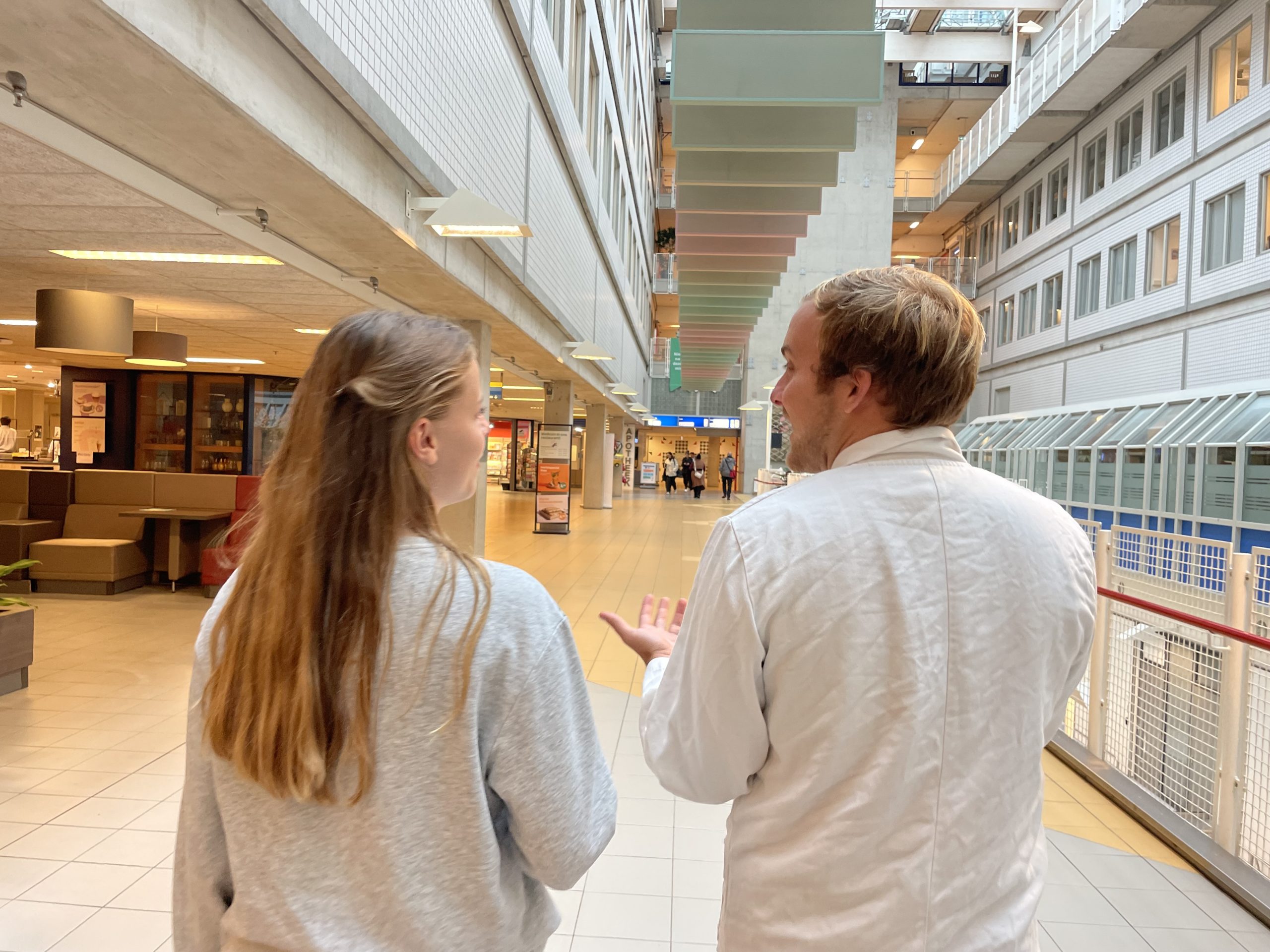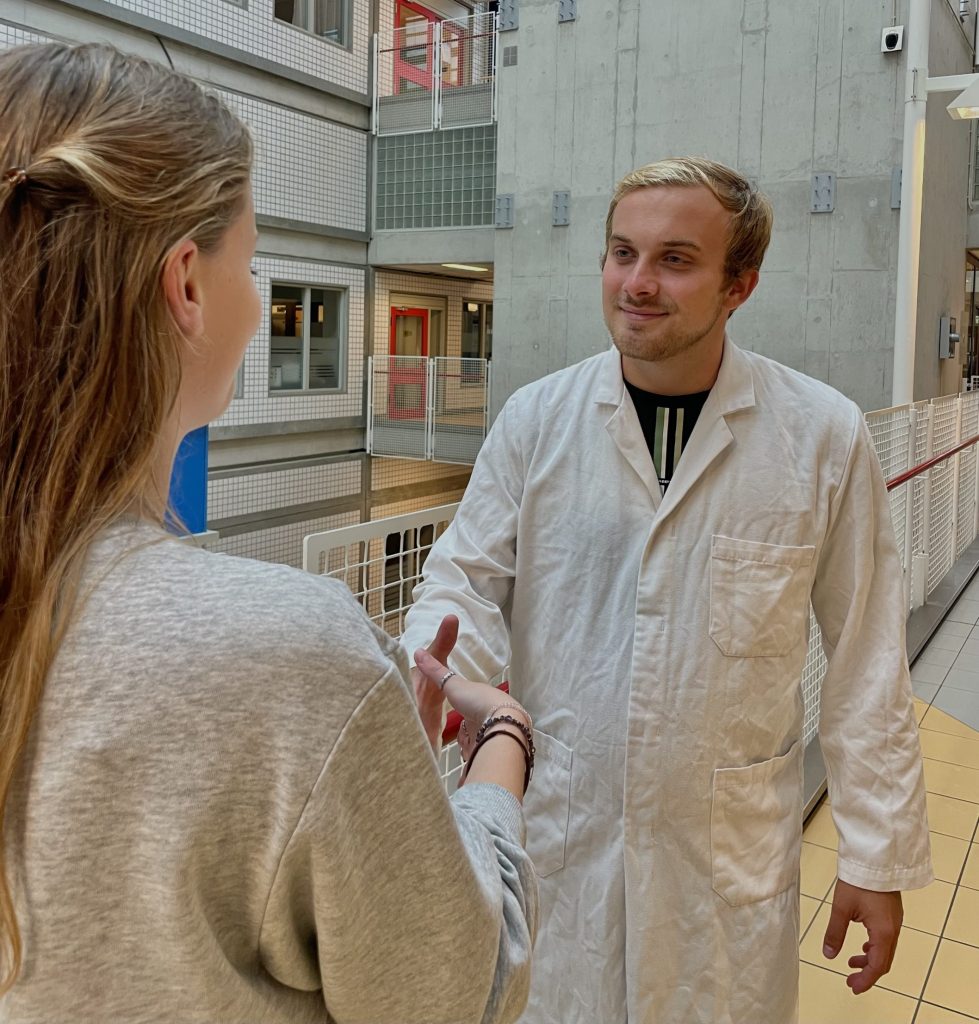
Compared to other diseases, relatively little is known about Long Covid according to the EXPH, the independent expert panel advising the European Commission. This relatively new disease, where COVID-19 complaints persist for a long time, is still in the early stages of research. As a result, patients sometimes feel insufficiently recognized.
In the Netherlands, for example, the RIVM, the dutch institute for public health, estimated that nearly 3% of the population has Long Covid, and about 20% of this group experiences severe symptoms. They may no longer be able to work, cannot exercise, and are often confined to their homes. Clara Wilkens belongs to this group and was infected during her work as a general practitioner in March 2020. “For a long time, I tried to keep working, but for the past year I haven’t been able to work at all. I also can’t play football anymore, which I miss, especially for the social aspect.”
Estimating the number of Long Covid patients in Europe remains difficult because there is no common definition. According to Tom Molmans, a psychiatrist affiliated with the Long Covid Founding in the Netherlands, even within science, different definitions exist. “It comes down to someone having symptoms for at least three months after a COVID-19 infection or developing new symptoms. Long Covid affects multiple organs and can completely halt daily life.”
National and European policy
According to Molmans, the government is not doing enough. “There is some public funding now, but the pace lags behind the need, scale, and socio-economic impact.” To compare scale, one can look at the number of people with dementia, around 1.7% according to Alzheimer Nederland. The number of Long Covid patients is therefore almost double that, yet we know far less about it.

Most research has been conducted internationally, “but even that is still in its infancy,” Molmans emphasizes. In 2023, the EU established the Network of Expertise on Long COVID to bring together national expertise centers. The EU also funds various research projects, but mapping the impact of this problem remains challenging without a common definition. “The European Commission could take a stronger lead in prioritizing this problem and funding it. They could also improve in communicating the scale and urgency of Long Covid to their member states and citizens.”

Research and treatments
“I think we only know the tip of the iceberg,” says Wilkens. For example, we still do not know how long the disease can last, given that Wilkens has been experiencing symptoms since the beginning of the pandemic. Since so little is known, Molmans and his foundation advocate for large-scale biomedical research. “During the acute COVID crisis, there was rapid action from the government, but for the long-term consequences, structural attention is lacking,” Molmans says.
On the positive side, more and more expertise centers are opening, and there are clinics and rehabilitation programs focusing on Long Covid. Wilkens participated in one such rehabilitation program. “My energy levels haven’t increased, but I have learned to better manage the energy I do have. That has definitely helped.” Additionally, there are stimulus-dampening medicines for patients that have been shown to be effective.
Because policy and treatment for this condition have started slowly, patients often feel unrecognized. “Long Covid is often invisible – you don’t always see it quickly in someone’s appearance – so patients feel misunderstood,” tells Molmans. “Especially in the beginning, I often had to explain how I felt,” adds Wilkens. People often thought the symptoms were those of burnout or depression.



